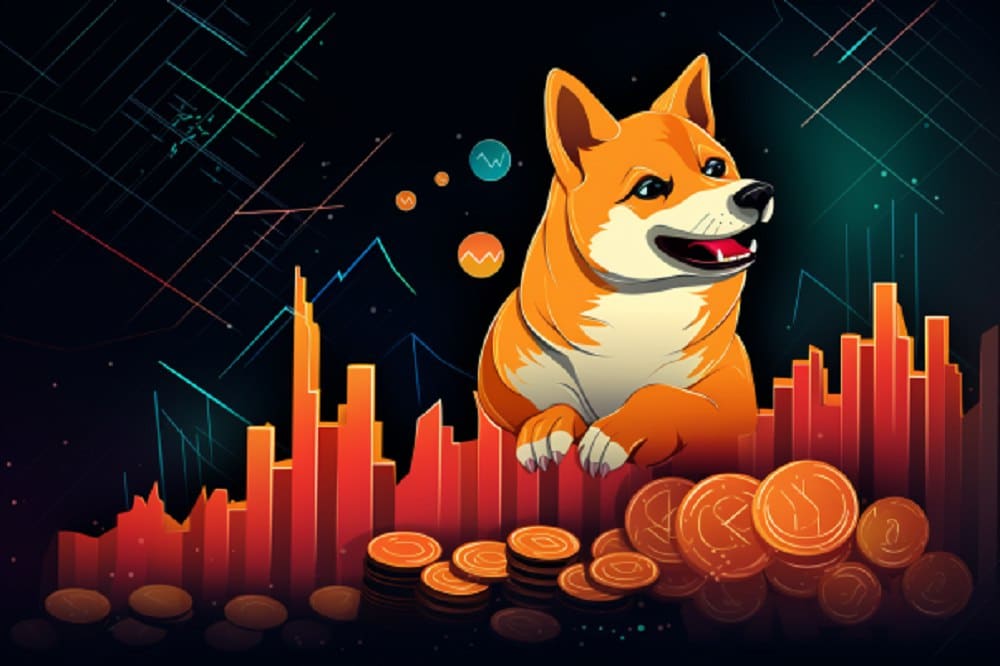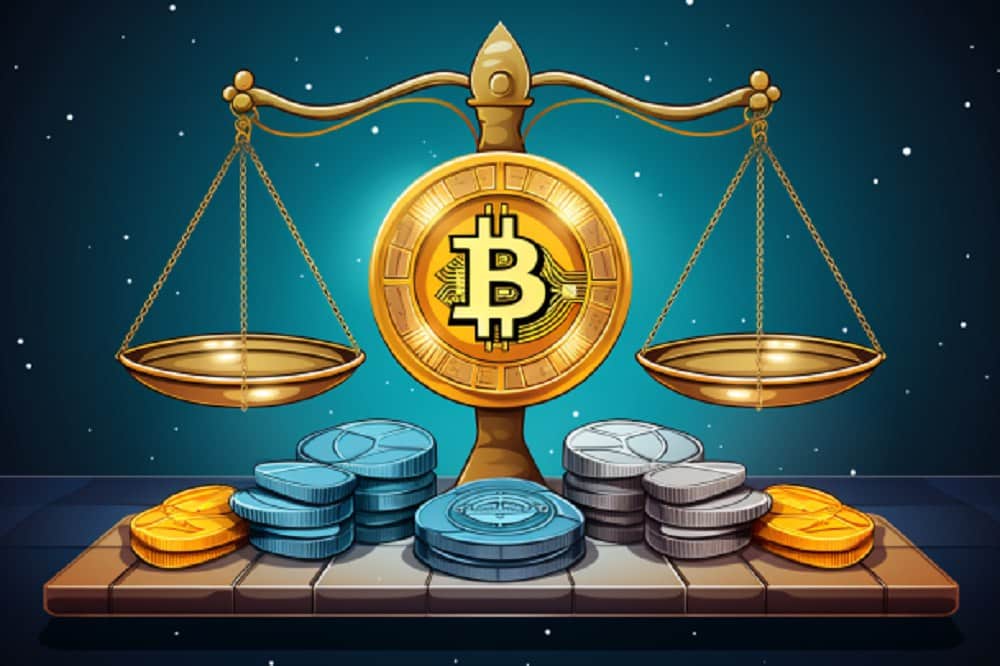What Is Non-Fungible Token Royalties?

NFT royalties are a pivotal aspect of the non-fungible token (NFT) ecosystem, ensuring creators receive ongoing compensation as their digital assets change hands. Artists, content creators, or owners establish a percentage they earn each time their NFT is resold in secondary markets, enabling them to participate in the value appreciation of their work.
These royalties are executed through self-executing smart contracts, which automate the distribution of payments, eliminating the need for intermediaries and ensuring a transparent, efficient process. Overall, NFT royalties have significantly impacted the creative economy by empowering creators to achieve sustained income, incentivizing participation in the NFT space, and fostering a sense of community and mutual benefit between creators and collectors.
This revenue-sharing model has become a cornerstone of NFT transactions, reshaping how creators are compensated in the digital art and collectibles realm. In this article, we discussed how NFT royalties work and its advantages and disadvantages.
How do NFT Royalties Work?
NFT royalties work by allowing creators, artists, or content owners to earn a percentage of the sales each time their non-fungible token (NFT) is resold in secondary markets. Here’s how the process typically works:
Initial Minting
The creator of a digital artwork or collectible decides to mint it as an NFT. During this minting process, they specify the details of the NFT, including its title, description, and any associated metadata. Crucially, they also set the royalty percentage they wish to receive from future sales. For example, they might choose a 10% royalty fee.
Listing and Sale
After minting, the NFT is listed for sale on a marketplace or platform that supports NFTs. The initial sale, where the creator is usually the seller, takes place, and the NFT is purchased by a collector. During this transaction, the creator receives the total sale price minus any platform fees.
Secondary Market Sales
The collector who bought the NFT from the creator now owns it and can choose to sell it to another party in the secondary market. When they list it for sale, the smart contract embedded in the NFT automatically enforces the royalty terms set by the creator. For example, if the creator specifies a 10% royalty when the collector sells the NFT for a profit, the smart contract deducts 10% of the sale price as a royalty fee.
Royalty Distribution
The deducted royalty fee is automatically distributed to the creator’s cryptocurrency wallet as per the terms of the smart contract. This process is transparent and trustless, ensuring that creators receive their royalties without relying on intermediaries or the goodwill of the collector.
Continued Earnings
This royalty mechanism continues with each subsequent sale of the NFT in the secondary market. As the NFT changes hands over time, the creator earns a percentage of the sale price, allowing them to benefit from the increasing value of their digital asset.
Advantages Of NFT Royalties
- Fair Compensation for Creators: NFT royalties ensure creators receive ongoing compensation for their work, even as it changes hands in the secondary market. This incentivizes artists, musicians, and content creators to participate in the NFT space and produce more digital content.
- Collector Incentives: NFT royalties also benefit collectors by incentivizing them to hold onto their NFTs for longer periods. Knowing they can earn a portion of future resale prices encourages collectors to support and invest in the NFT ecosystem.
- Automated and Trustless: NFT royalties are enforced through smart contracts, which automate royalty payments and ensure transparency. This trustless and decentralized system eliminates the need for intermediaries and minimizes disputes, enhancing the credibility of NFT transactions.
- Diverse Content: The availability of NFT royalties encourages a wide range of content creators to participate in the NFT space, leading to more diverse and innovative digital assets.
Disadvantages Of NFT Royalties
- Complexity: Implementing NFT royalties requires a degree of technical knowledge, which may be challenging for some creators. Setting up smart contracts and understanding how royalties work can be daunting for beginners.
- High Gas Fees: On blockchain networks like Ethereum, where many NFTs are minted, the execution of smart contracts and royalty payments can incur high gas fees. These fees can eat into both the creator’s royalties and the collector’s profits.
- Potential for Disputes: While smart contracts automate royalty payments, they cannot prevent disputes over copyright or ownership. If there are disputes between creators and collectors, resolving them can be complex and time-consuming.
In conclusion, NFT royalties offer a fair and automated way for creators to earn ongoing income and incentivize collector engagement. However, they also come with complexities, potential disputes, and cost considerations. Creators and collectors should carefully evaluate these pros and cons to make informed decisions in the NFT market.
DISCLAIMER: It's crucial we tell you that the content on this page is not meant to serve as, nor should it be construed as, advice in legal, tax, investment, financial, or any other professional context. You should only invest an amount that you are prepared to lose, and it's advisable to consult with an independent financial expert if you're uncertain. To obtain more information, we recommend examining the terms of service and exploring the assistance and support resources provided by the issuing or advertising entity. Our platform is dedicated to delivering accurate and unbiased reporting, but it's important to note that market circumstances can change rapidly. Also, be informed that some, though not all, articles on our site may be sponsored or paid content.













